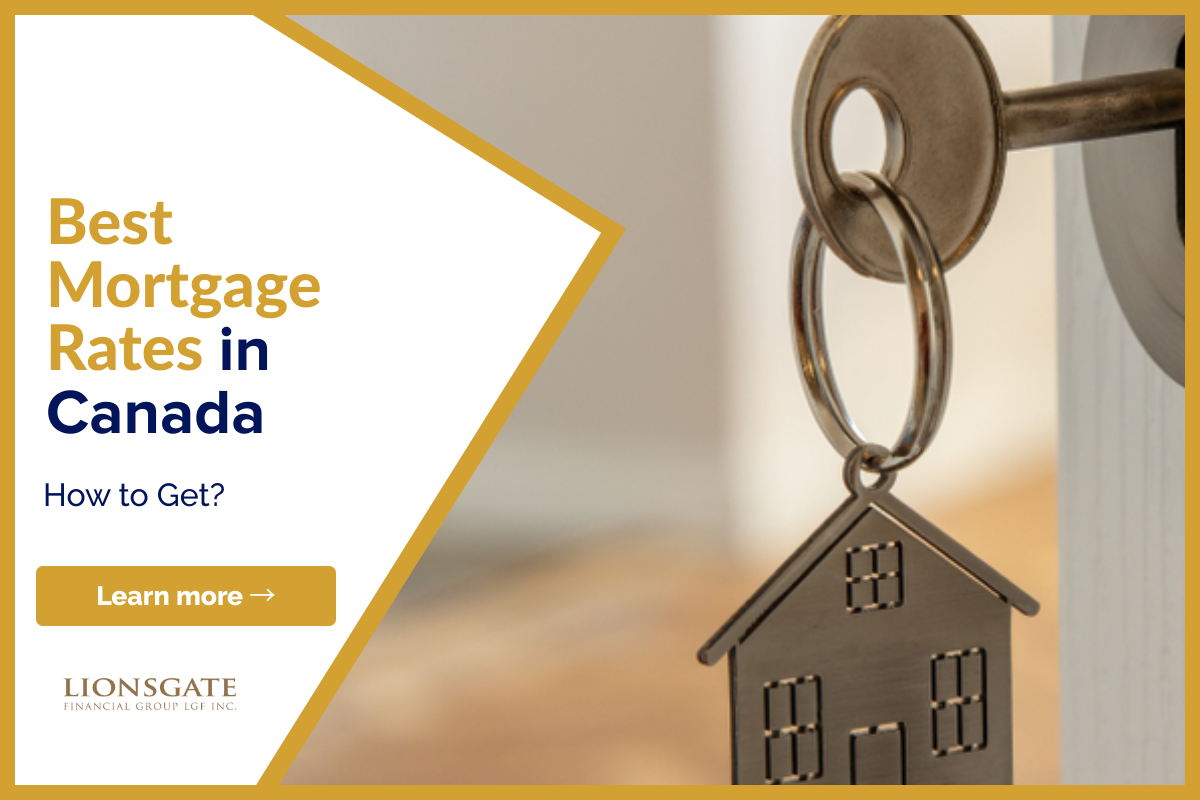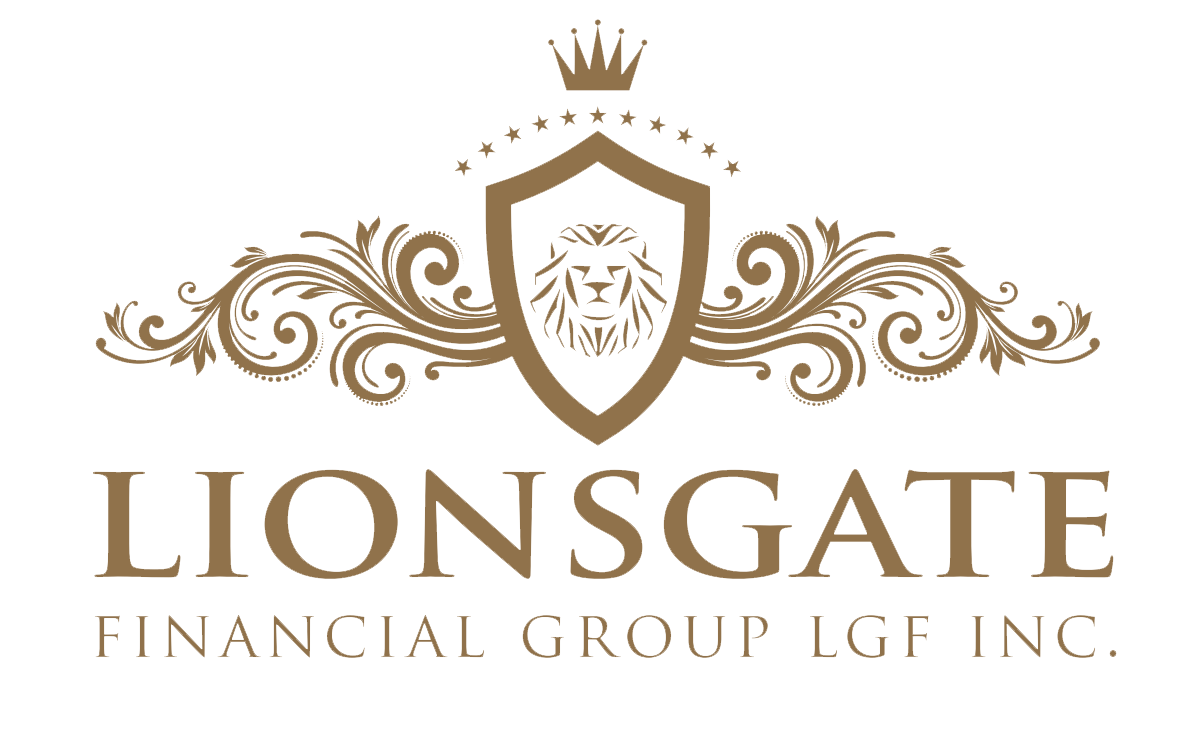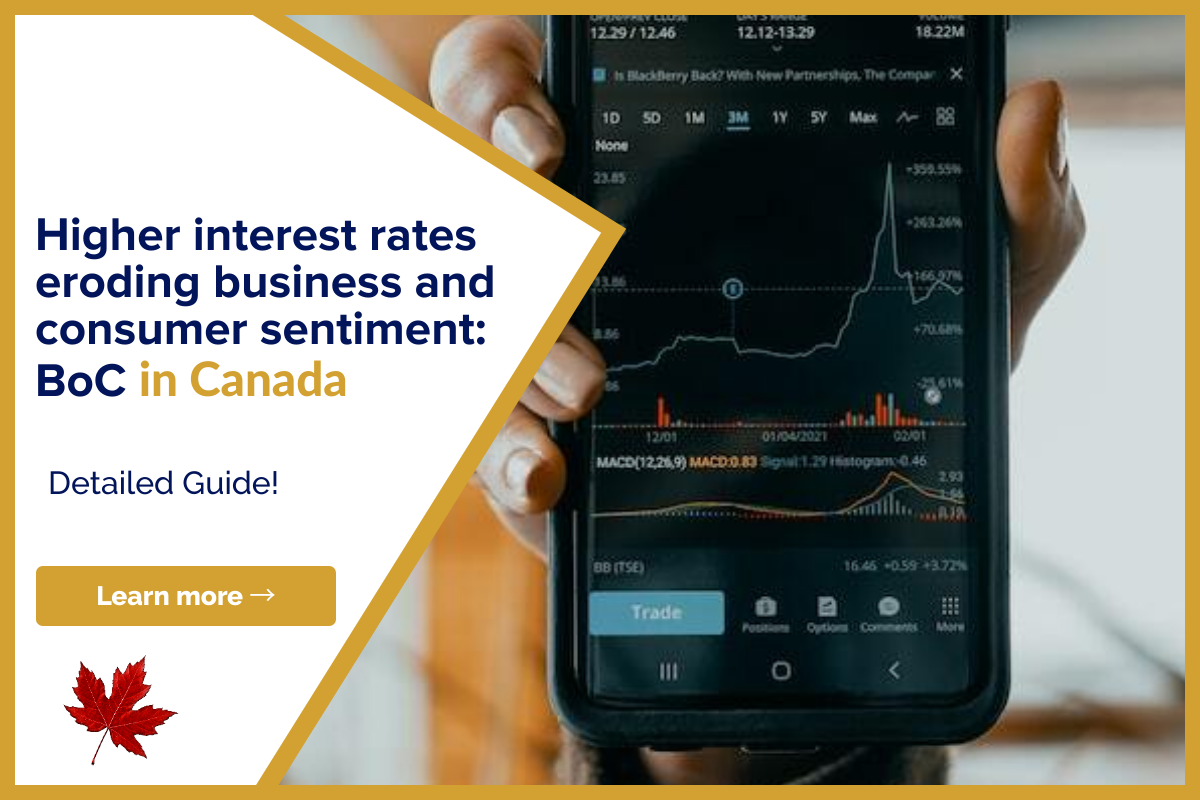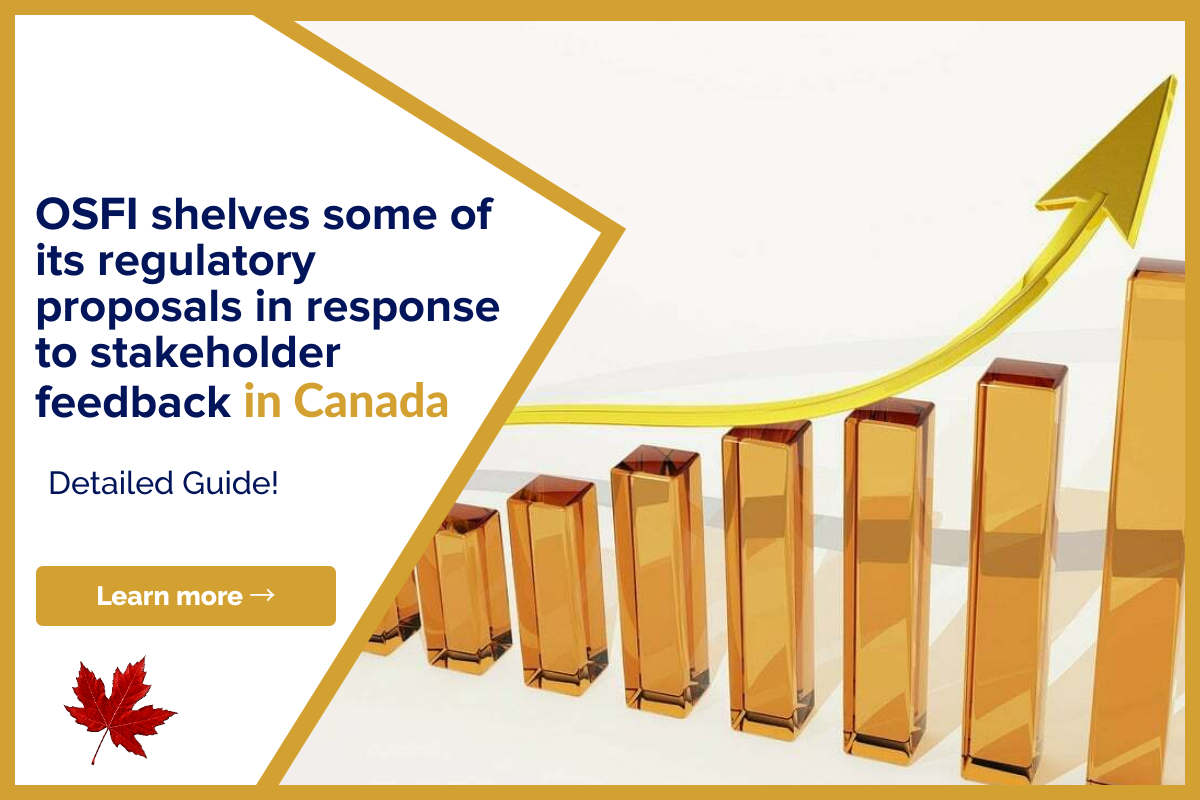During the early days of the mortgage business, brokers would require a lot of paperwork…

How to Get the Best Mortgage Rates in Canada
Now you can listen to our blog, “How to Get the Best Mortgage Rates in Canada”, while on the go.
If you are wondering how to get the best mortgage rate, know that it is based on your credit score, loan size, the location of your property, mortgage product, and more. The rates can be different even for borrowers with the same credit score. But if you are looking for the best mortgage rates, continue reading as we are about to let you know the steps to get the best mortgage rates in Canada.
-
Improve Your Credit Score
Giving your credit score a boost is one of the best things you can do to improve your interest rate. It also can boost your chances of getting a loan in the first place.
Even if you improve it a couple of points, it can create a huge difference. According to recent data from FICO, if you had a score of 659 and were able to increase it up to 680, you can shave more than 0.60% off your interest rate.
Here are some quick tips to improve your credit score.
- Become an authorized user on another person’s account
- Ask for a credit line increase
- Pull your credit report and alert the credit bureau of any errors
- If you do not have much credit at all, consider a secured card or credit-builder loan
-
Save Your Down Payment
One great way to get a better mortgage rate is to increase your down payment. Getting away with a lower down payment can be an exception but not a norm. Typically, a person needs at least 20% of the cost of your home as a down payment.
It is important to mention here that the bigger the down payment, the lesser your lender has to loan you and the smaller your risk will be. If you are a low-risk borrower, you will get a low interest rate as well.
However, do not drain your savings to make a solid down payment. You will still need to pay closing costs, which generally cost anywhere from 2% to 5% of the total loan amount. Additionally, lenders like to see two months of mortgage payments in your account at the beginning and the end of the loan process.
Shorter-term loans are less of a risk for a lender because they do not have to loan the money out for so long. If you are looking to go for a 15-year mortgage and not for a 30 years mortgage, your rates could be much lower as well. However, keep in mind that with a short-term loan your monthly payment will be higher, and with an ARM there is a risk that rates will go up during your loan term.
To quote some facts, know that the rate on 30-year loans was 3.71% as of January 2020, but on a 15-year term, they were only 3.19% – much less when compared in the long term. ARM rates were just as low at 3.23%.
-
Make Sure You Keep Getting Checks
Keep your income steady, or increase it for better, before applying for your loan. It is not advisable to change jobs or quit when you are too close to the time you are applying for a mortgage. Ideally, a lender will want you to be with the same employer for at least two years.
If you can increase your income before applying for a mortgage, that is even better. Even if the extra income is coming from a side gig or a part-time job, it can provide a big help.
-
Look For First-time Homebuyer Programs
There are many municipalities that offer first-time homebuyers programs to give incentives to home purchasers. The reason behind this is to spur homeownership in their areas. Some of these come in the form of low-interest mortgage loans, while others are grants that can help with your closing costs or down payment. In each case, they can help move the affordability needle significantly.
-
Consider Paying Points
If you have saved up some extra money, you can pay discount points to your lender. This qualifies you for a lower rate. Discount prices are sometimes referred to as “buying down your rate” as well.
If you are considering this, know that you must have your long-term plans first. You want to make sure you will be in the home long enough to reach the breakeven point, or else it might not be worth it to do this. Your breakeven point is the point at which the savings you have from your lower interest rate outweigh the cost of your points.
Try using a mortgage points calculator to determine the possible breakeven point for your loan.
-
Compare Rates of Multiple Lenders
One of the wisest ways to get the best mortgage rate is to get offers from several lenders. One lender’s rates can be different from the second one. So, it is important to compare at least a few before deciding which one to go with for a loan.
Also, the payment options of different lenders can vary as well. So, make sure you pick the one whom you can afford you pay per month.
Alternatives to Get the Best Mortgage Rate
The above-mentioned points are the most effective strategies to get the best mortgage rates. You can also consider buying a lower-priced home, paying down your debts to reduce your debt-to-income ratio, or bringing in a co-borrower on your loan. If you opt for the latter, just make sure they have good credit and steady income first.
Once you find a rate and lender you are happy with, apply for a mortgage pre-approval and consider locking your rate in. This is important especially when you are in a rising rate environment, as it will help you solidify that low rate while you shop around for the perfect home.
You May Also Like: What is the Best Time to Refinance Your Mortgage?
The Bottom Line
At Lionsgate, we specialize in helping people obtain funding private mortgages for land purchases as well as for other real estate transactions. If you are looking to get a mortgage or buy land in Canada, leave us a message and we will try to connect you with local realtors and sourcing for financing.





